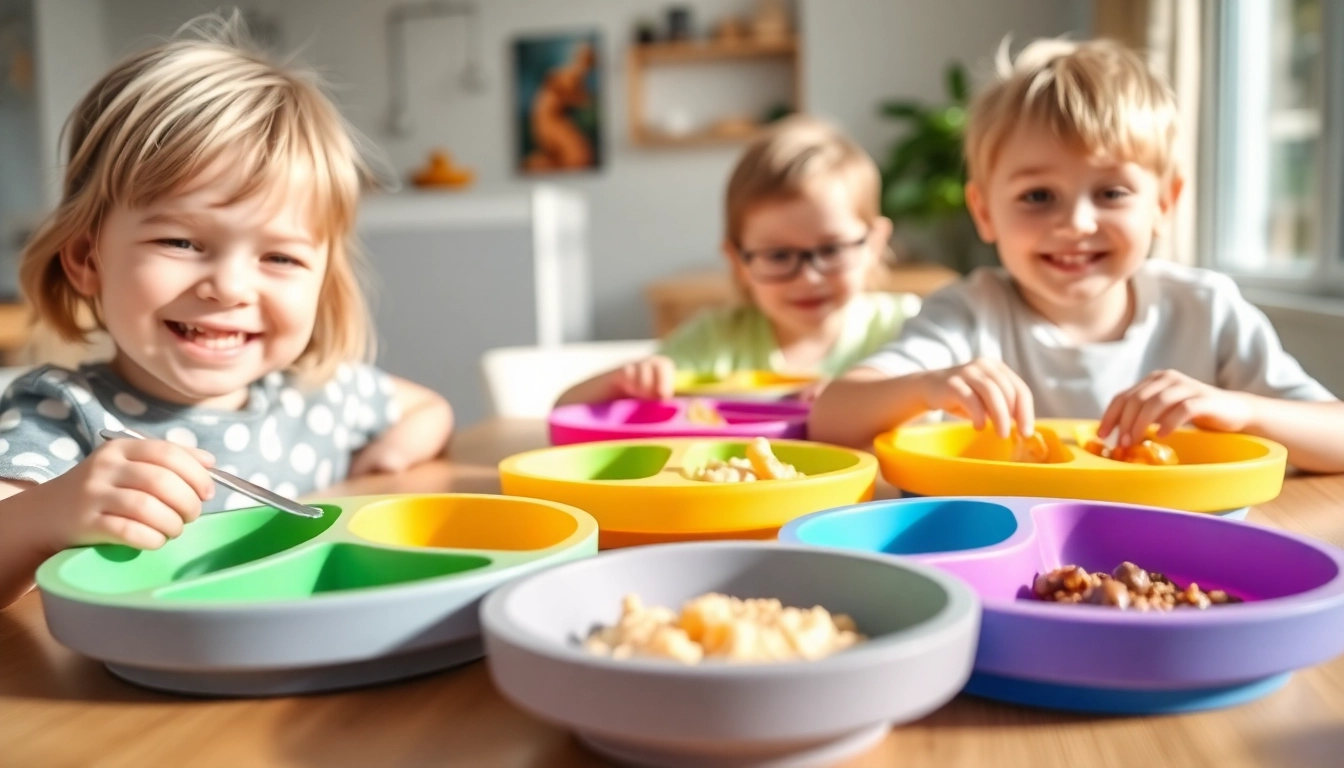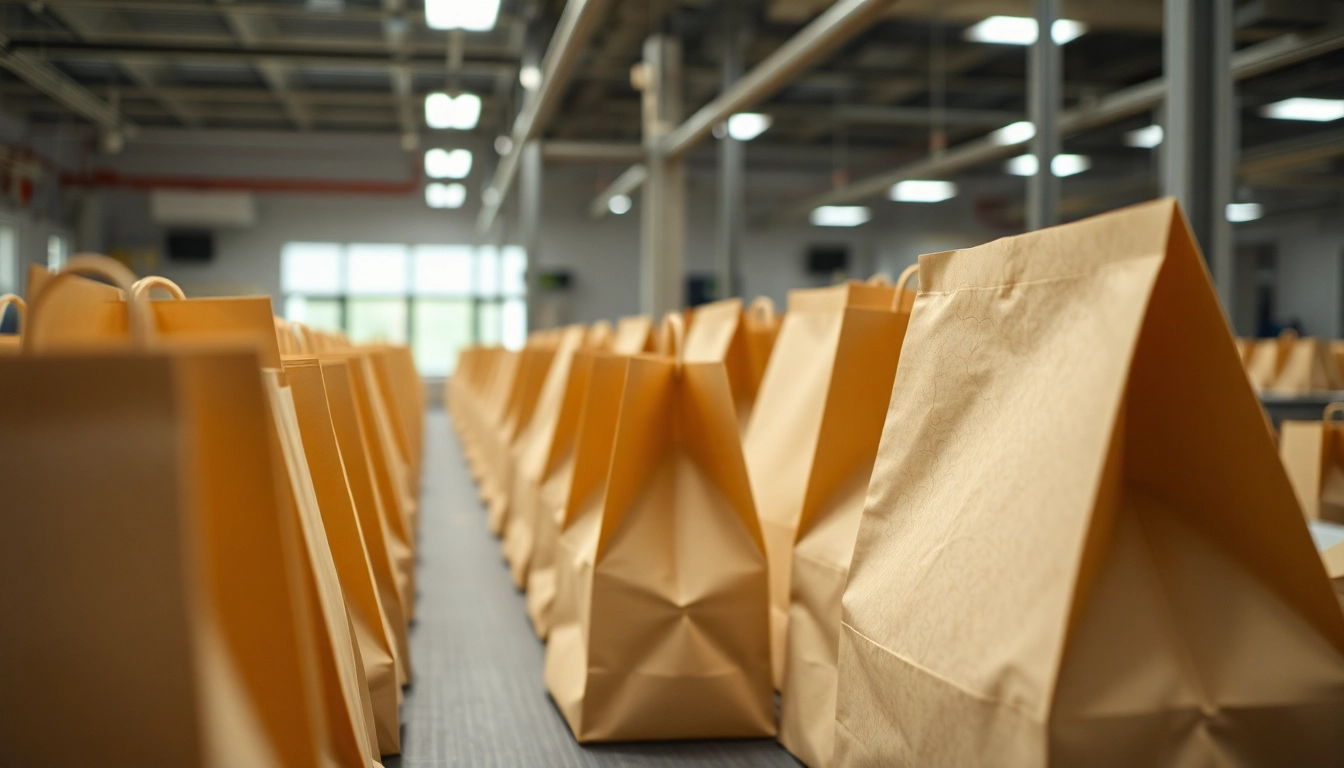Understanding the Benefits of Silicone Divided Plates for Self Feeding
Ergonomic Design for Little Hands
When it comes to fostering independence during mealtime, the design of the plate plays a crucial role. Silicone divided plates crafted specifically for young children feature ergonomic shapes that fit comfortably into small hands, making grasping and maneuvering easier. These plates often have raised rims or indentations that aid in gripping, encouraging children to hold the plate themselves, fostering motor skill development. For example, the silicone divided plate for self feeding offers a thoughtfully contoured profile that aligns with the natural grip of tiny fingers, promoting confidence and autonomy during meals.
Safety and Non-Toxic Materials
Safety is paramount when choosing feeding accessories for infants and toddlers. High-quality silicone plates are manufactured from food-grade, BPA-free, phthalate-free, and toxin-free materials, ensuring that nothing harmful leaches into the child’s food. Certified non-toxic silicone is flexible yet durable, resistant to cracking or breaking, and can withstand high-temperature sterilization processes. Choosing products with certifications from reputable organizations guarantees the safety and health of your child, supporting parents’ peace of mind while encouraging safe eating habits.
Encouraging Independence During Meals
Self-feeding is a vital milestone in a child’s development, fostering fine motor skills, coordination, and confidence. Silicone divided plates designed for self feeding facilitate this process by allowing children to explore and manipulate different foods within separate compartments. The visual and tactile feedback provided by individual sections encourages children to identify and select their preferred foods, promoting autonomy. Additionally, engaging designs and vibrant colors motivate children to participate actively in mealtimes, making the experience enjoyable rather than stressful.
Choosing the Right Silicone Divided Plate for Your Child
Size, Compartments, and Features
Selecting the optimal plate involves considering its size and number of compartments. A typical silicone divided plate features 2-4 sections, each catering to different food groups, enabling portion control and variety. For younger children just starting self-feeding, smaller plates with three to four compartments are ideal, as they help manage smaller portions and prevent overwhelming choices. Features such as suction bases, ergonomic rims, and secure grips further enhance usability. For example, plates with 保持 suctions prevent slipping, increasing independence without mess while teaching children to manage their utensils and food.
Materials and Certifications to Consider
Prioritizing the material quality ensures the plate’s safety and longevity. Certified food-grade silicone is the gold standard, especially if it is free from common harmful substances like BPA, phthalates, and lead. Certifications from internationally recognized bodies (e.g., FDA, LFGB) provide assurance of safety standards compliance. Additionally, choose plates that are dishwasher safe, microwaveable, and resistant to high temperatures, facilitating easy cleaning and sterilization—crucial for maintaining hygiene in the child’s feeding environment.
Designs That Attract and Engage Children
Children are naturally attracted to colorful and playful designs. Plates shaped as rainbows, with animal motifs, or featuring cartoon characters, can transform mealtime into a fun and engaging experience. The silicone rainbow plate in a shape of an arc or the soft-edge plates balance aesthetic appeal with practicality, captivating children’s attention and encouraging them to explore different foods. Such designs not only stimulate their imagination but also foster positive associations with healthy eating habits, setting the foundation for lifelong good nutrition.
Strategies to Promote Self Feeding Using Silicone Plates
Introducing the Plate During Mealtime Routines
Effective introduction of the silicone divided plate involves establishing consistent mealtime routines. Start by presenting the plate during calm, relaxed meals, demonstrating how to use it and encouraging your child to imitate. Use positive language and gestures to enhance engagement, emphasizing fun and independence. For example, placing favorite foods in each compartment and verbally naming them fosters familiarity and stimulates curiosity, making the transition smoother. Using familiar routines and engaging presentations helps children view mealtime as an enjoyable learning process rather than a chore.
Using Positive Reinforcement Techniques
Reinforcement builds confidence and motivates children to continue self-feeding. Celebrate small successes—uch as holding utensils correctly or trying new foods—using praise, high-fives, or extra playtime. Involving the child in choosing their plate with favorite colors or characters adds an element of excitement and ownership. Avoid criticism or pressure, which can hinder progress. Consistency in praise and patience during setbacks helps children develop independence and positive associations with mealtime behaviors.
Gradually Increasing Food Variety and Textures
Progression in food texture is crucial to advancing self-feeding skills. Begin with smooth purees and soft finger foods, then gradually introduce more textured and varied foods, such as small pieces of fruit, bread, or cooked vegetables. Using divided plates helps children learn to differentiate between food groups and manage different textures independently. Careful observation of readiness cues, along with patience and gradual escalation, ensures that children do not feel overwhelmed, fostering confidence and refining their fine motor abilities.
Maintaining and Cleaning Silicone Divided Plates for Longevity
Proper Cleaning Methods and Dishwasher Safety
To ensure the longevity and safety of silicone plates, proper cleaning is essential. Most silicone plates are dishwasher safe, making routine cleaning efficient and hygienic. Use gentle, non-abrasive detergents and avoid harsh chemicals that could degrade the material. For thorough sterilization, silicone plates can often be boiled or sterilized in a steam sterilizer, which eliminates bacteria and other pathogens. Regular cleaning not only maintains hygiene but also prevents stain build-up, preserving the vibrant colors and integrity of the plate over time.
Storage Tips to Preserve Material Integrity
Proper storage involves keeping silicone plates in a dry, cool environment away from direct sunlight, which can cause discoloration or degradation of the material. Avoid stacking heavy objects on top to prevent deformation. Ensure the plates are completely dry before stacking or storing to prevent mold formation. Rotating use among multiple plates also reduces wear and tear, extending their lifespan.
Signs Indicating When to Replace the Plate
Despite durability, silicone plates have a lifespan. Replace the plate if it shows signs of significant wear, such as cracks, tears, persistent stains, or loss of suction ability. Warped edges or a foul odor after cleaning are indicators that the material has degraded. Regular inspection ensures safety and optimal performance during mealtimes, safeguarding the child’s health and enhancing their eating experience.
Measuring the Impact: How Silicone Plates Support Child Development
Enhancement of Motor Skills and Coordination
Using a silicone divided plate promotes the development of fine motor skills as children grasp utensils, transfer food, and practice coordination. The tactile experience of handling different food textures and the visual segmentation help refine hand-eye coordination. Over time, children improve their pincer grasp, precision in scooping, and overall dexterity, which are fundamental milestones in their growth.
Facilitating Balanced Nutrition and Portion Control
The compartments of a divided plate naturally encourage a balanced diet by visually segmenting food groups, aiding in portion control. This encourages children to try a variety of foods, ensuring nutritional diversity crucial for growth, immune function, and cognitive development. Parents can plan meals with specific portions tailored to age-appropriate dietary guidelines, fostering healthy eating habits from an early age.
Building Confidence and Healthy Eating Habits
As children master self-feeding with a divided silicone plate, their confidence grows, empowering them to make independent food choices. Earning positive feedback creates a healthy attitude toward eating, making mealtimes more pleasant and less stressful. Repeated successful experiences foster habits rooted in self-sufficiency, which positively influence their long-term relationship with food and nutrition.


